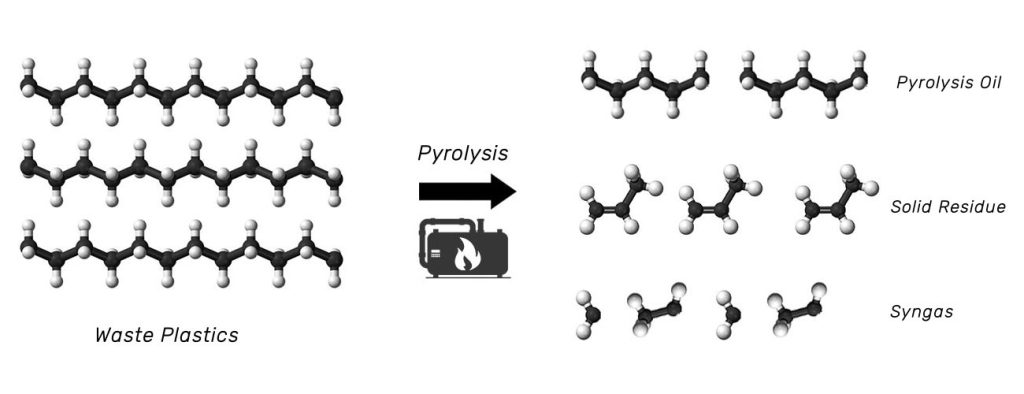In an era dominated by environmental concerns, the issue of plastic waste has become a global headache. As landfills overflow and plastic pollutants infiltrate every corner of the ecosystem, the search for innovative solutions has never been more urgent. This is where plastic pyrolysis machines come into play, gradually emerging from obscurity to capture the public’s attention.
The Genesis of Plastic Pyrolysis Technology
The idea of plastic pyrolysis didn’t emerge overnight. It was born out of the growing awareness of the environmental hazards posed by the ever – increasing amount of plastic waste. Traditional methods of plastic disposal, such as landfilling and incineration, have proven to be far from ideal. Landfilling takes up vast amounts of valuable land, while incineration releases harmful pollutants into the air.
Scientists and engineers began to explore the concept of pyrolysis as an alternative. Pyrolysis, a thermochemical process that breaks down organic materials in the absence of oxygen, showed great promise for plastic waste treatment. This led to the development of the waste plastic pyrolysis plant, a revolutionary piece of equipment designed to turn waste plastics into useful resources.

Understanding the Waste Plastic Pyrolysis Plant
The waste plastic pyrolysis plant is a complex yet efficient system. It starts by feeding waste plastics into a reactor. Once inside, the plastics are heated to high temperatures, typically between 300 – 500 degrees Celsius. Under these conditions, the long – chain polymer molecules in the plastics break down into smaller molecules.
The beauty of this process lies in its ability to transform waste plastics into a variety of valuable by – products. One of the main products is the plastic to oil, a dark – colored liquid that can be further refined into different types of fuels, giving rise to the term plastic into fuel machine. This not only provides a solution to the plastic waste problem but also offers a potential source of renewable energy.
The Appeal of the Plastic into Fuel Machine
The plastic into fuel machine has caught the public’s eye for several reasons. Firstly, it addresses two major global challenges simultaneously: plastic waste management and the search for alternative energy sources. By converting waste plastics into fuel, it reduces the dependence on fossil fuels and decreases the amount of plastic waste that ends up in landfills or oceans.
Secondly, the cost – effectiveness of this technology is attractive. With the rising cost of traditional energy sources and the increasing expense of plastic waste disposal, the plastic into fuel machine offers a win – win solution. It can potentially generate revenue from what was once considered worthless waste.
Moreover, the potential for local implementation is significant. Small – scale waste plastic pyrolysis plants can be set up in local communities, providing employment opportunities and promoting a circular economy model. This aspect has made the technology appealing to local governments and entrepreneurs alike.

Applications and Future Prospects
The applications of plastic to oil machines are diverse. In the energy sector, the plastic to oil can be used to power generators, heat homes, or even be blended with traditional fuels for vehicles. In the industrial sector, the by – products can be used as feedstocks for the production of new plastics or other chemical products.
Looking ahead, the future of plastic pyrolysis machines seems bright. As technology continues to improve, these machines are expected to become more efficient, cost – effective, and environmentally friendly. With growing public awareness and support, it’s likely that we’ll see more widespread adoption of plastic pyrolysis technology in the coming years, further integrating it into our efforts to create a more sustainable future.
In conclusion, the plastic pyrolysis machine has entered the public vision as a beacon of hope in the fight against plastic waste and the pursuit of renewable energy. Its journey from a scientific concept to a practical solution is a testament to human ingenuity and our ability to address pressing environmental challenges. Find Beston Group for more!